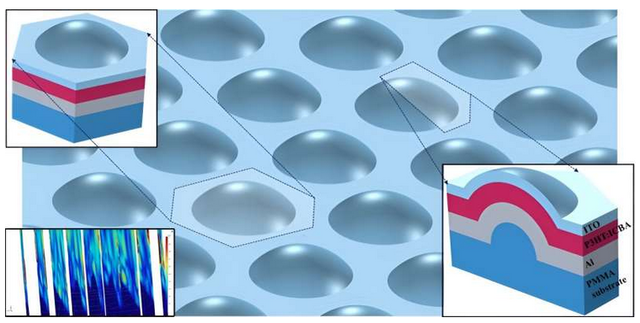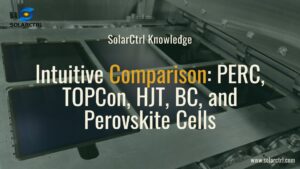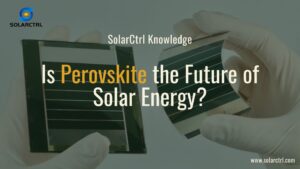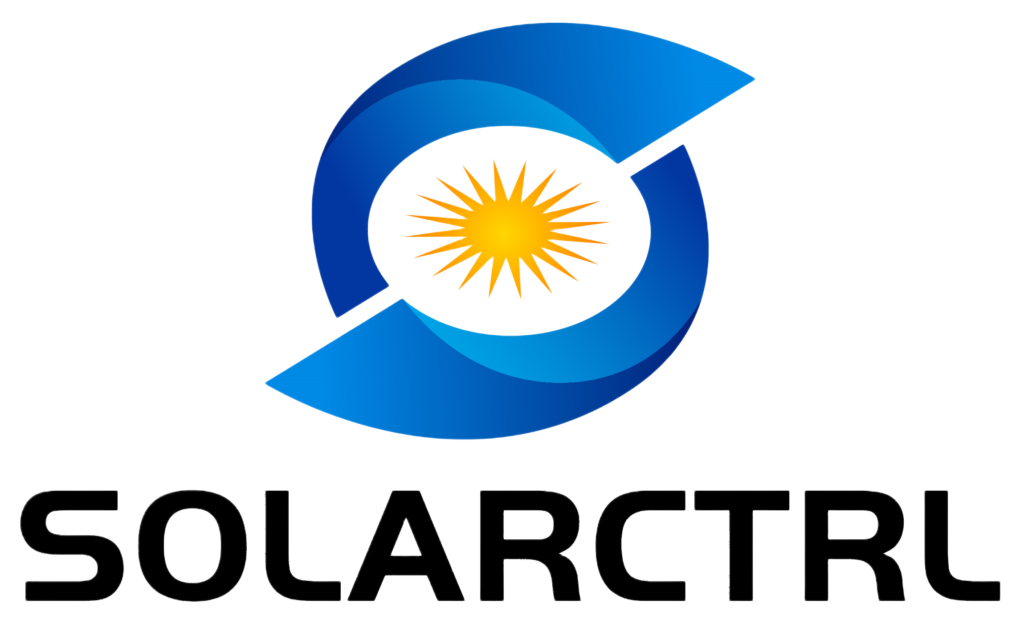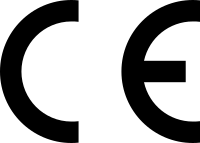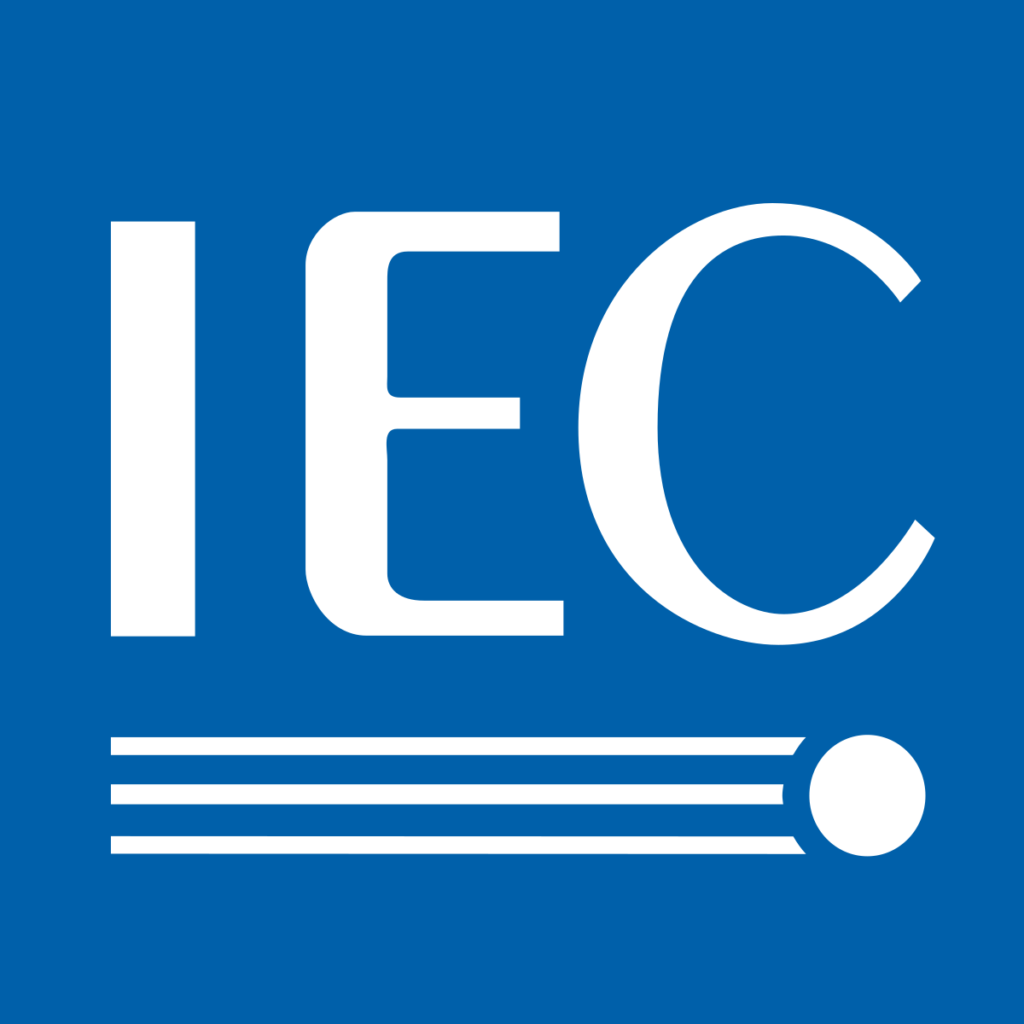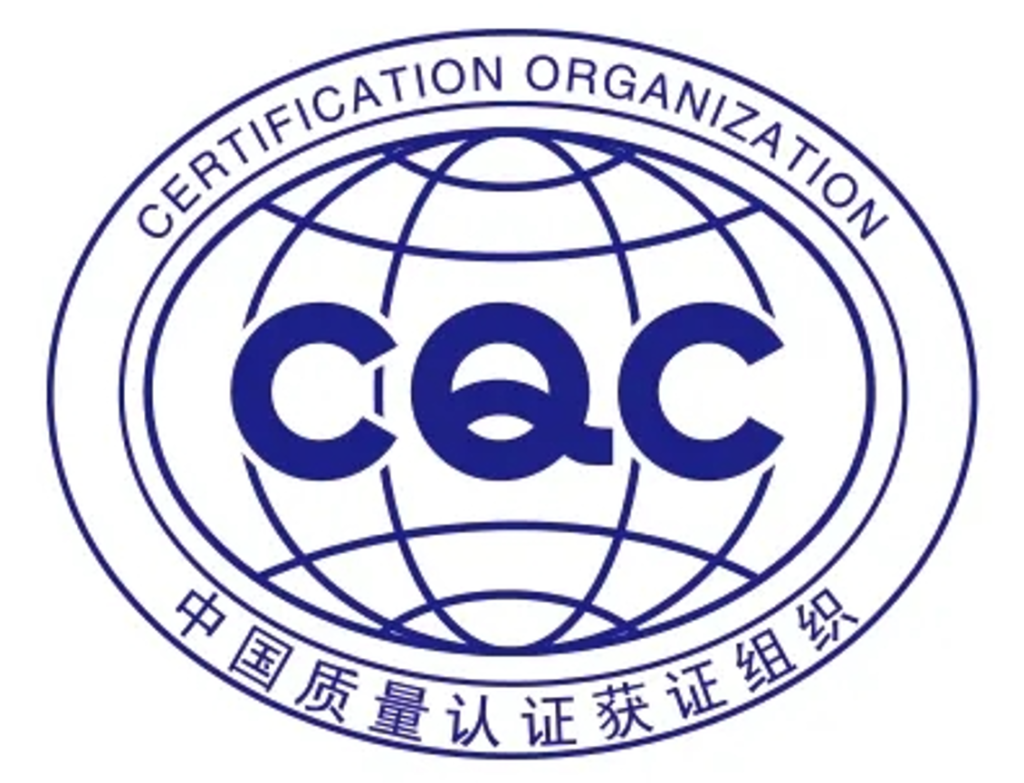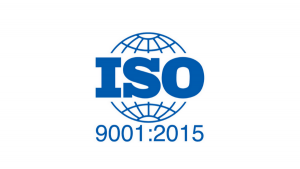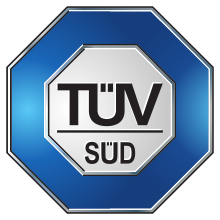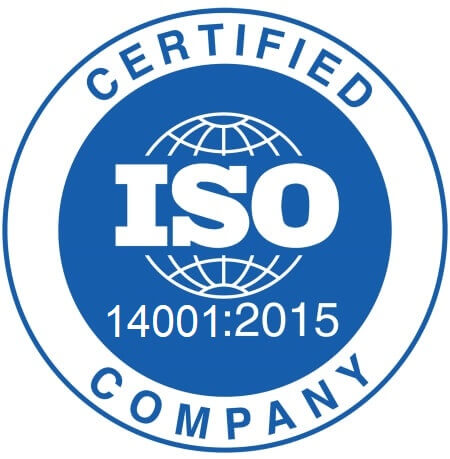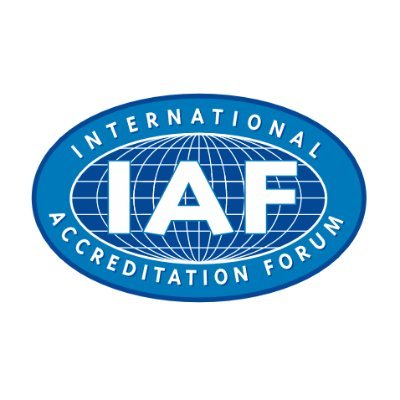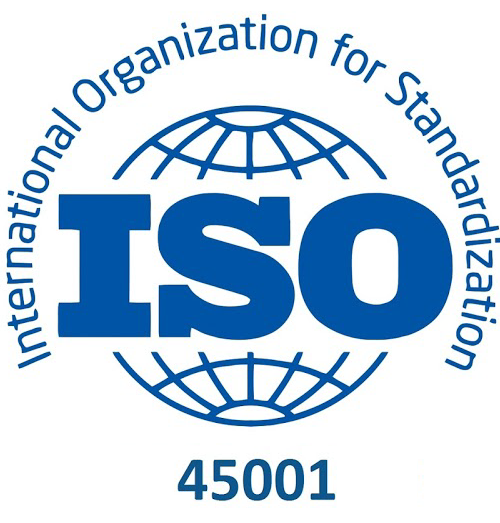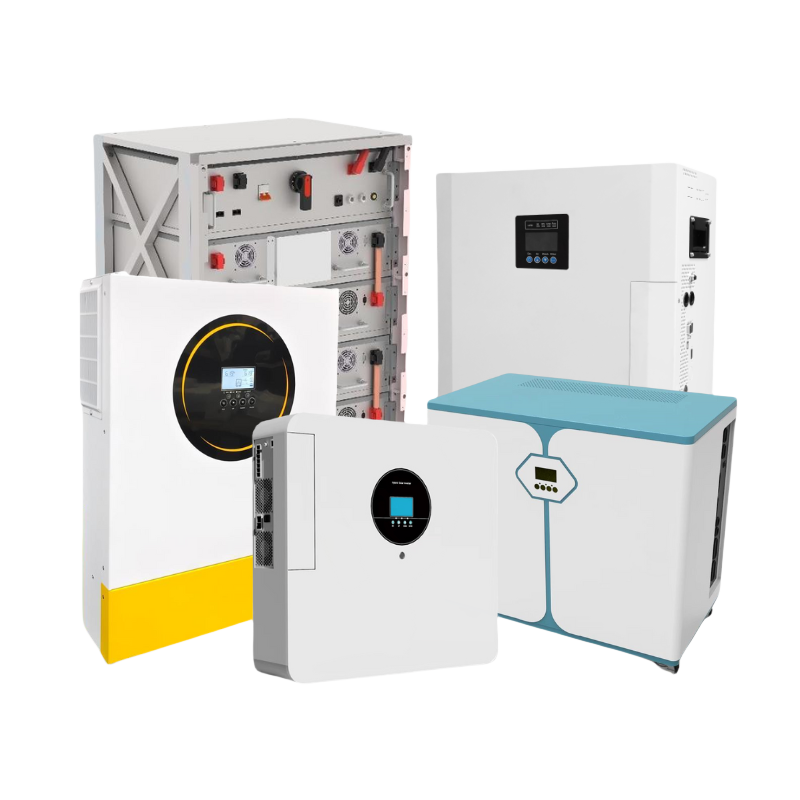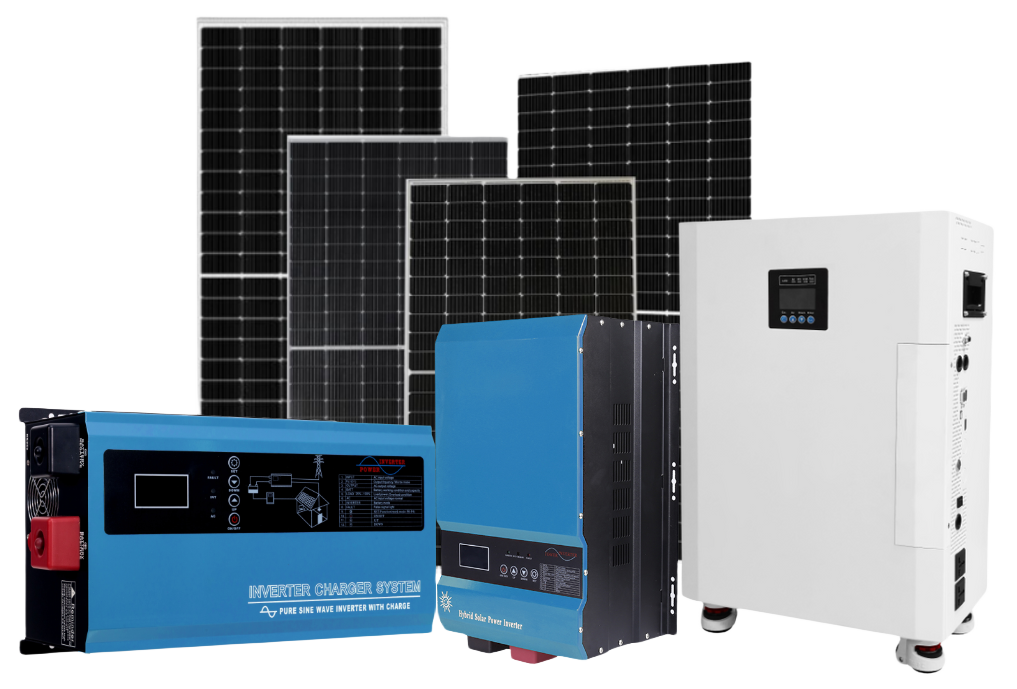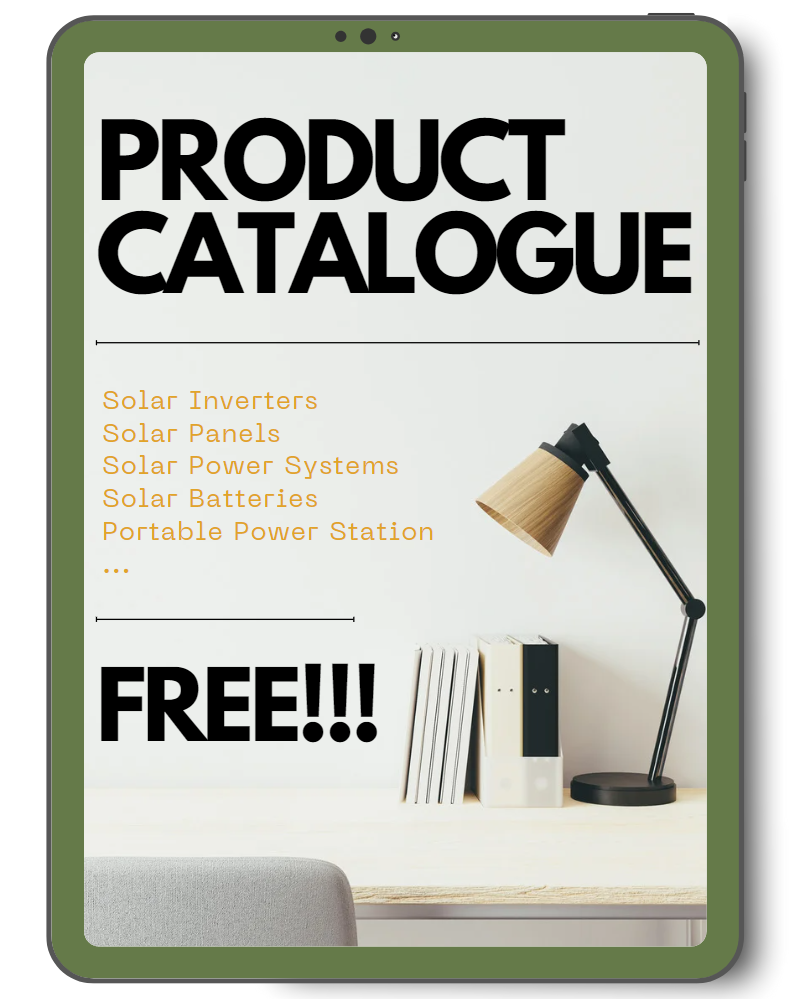If you are interested in the photovoltaic industry, you can follow the News section of our website. We will regularly collect global current affairs news in the industry and share it with you.
Hot 1: By 2054, Australia’s Cumulative Photovoltaic Installation Potential Will Reach 66GW to 98.5GW
A research report submitted by the research institution Green Energy Markets to the Australian Energy Market Operator (AEMO) recently shows that rooftop photovoltaic systems and battery storage systems will dominate Australia’s future energy market, with the potential cumulative installation of photovoltaic systems expected to reach 66GW to 98.5GW by 2054.
According to the report released by Green Energy Markets in December 2023, the installed capacity of rooftop photovoltaic systems in the country is expected to exceed the current installed capacity of 41GW from coal, natural gas, and hydroelectric power in Australia’s National Electricity Market (NEM), varying according to three decarbonization scenarios proposed by the government.
These three scenarios are “Progressive Transformation,” “Stepwise Transformation,” and “Green Energy Export.” In the Progressive Transformation scenario, Australia will achieve a 43% reduction in emissions by 2030 and net-zero emissions by 2050. The Stepwise Transformation scenario is based on consumer-driven investments, keeping global temperature rise below 2°C. The Green Energy Export scenario predicts that the global temperature rise will be limited to within 1.5°C, requiring rapid electrification, green hydrogen, and biomethane solutions.
The “Distributed Resources Forecast – Photovoltaic Systems and Battery Storage Systems” report points out that in the Progressive Transformation scenario, by 2053/2054, the installed capacity of photovoltaic systems in Australia will reach 66GW, higher than the 48GW forecast by the Australian Energy Market Operator (AEMO) citing the Commonwealth Scientific and Industrial Research Organisation (CSIRO) for the same period.
Green Energy Markets and CSIRO predict that the installed capacity of photovoltaic systems under the globally most popular “Stepwise Transformation” and “Green Energy Export” scenarios will be 98GW and 92GW, respectively.
Tristan Edis, the Director of Analysis and Consulting at Green Energy Markets and co-author of the report, stated: “These forecasts indicate that the installed capacity of rooftop photovoltaic systems in Australia (considering the degradation of photovoltaic module performance) is close to or exceeds the average electricity demand. In addition, we have installed more large photovoltaic power stations and large commercial photovoltaic systems of 100 kW or more. For many people, the growth in rooftop photovoltaic installation capacity seems to exceed the bounds of credibility.”
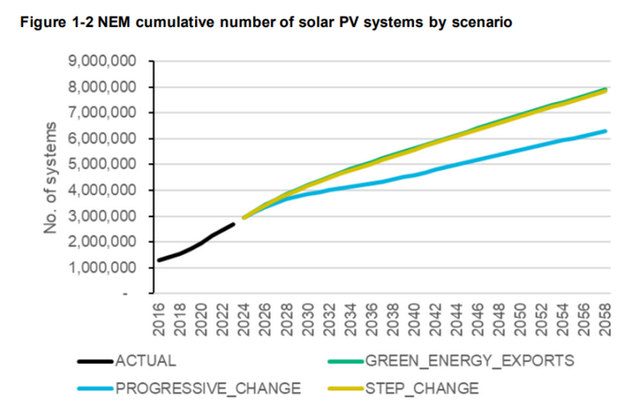
https://news.solarbe.com/202402/23/376244.html
Hot 2: Cumulative Installations Exceed 37GW! Brazil’s Photovoltaic Market Enters a Rapid Development Phase
The International Solar Energy Society (ISES) pointed out in a column article published in industry media that more than 85% of Brazil’s electricity currently comes from renewable energy sources, mainly hydropower facilities, but the share of electricity generated by photovoltaic systems and wind power facilities is also growing rapidly. So far, Brazil has installed 2.3 million rooftop photovoltaic systems and has the potential to install more than 90 million rooftop photovoltaic systems. Favorable energy policies and the decreasing prices of photovoltaic components are encouraging the country to rapidly adopt photovoltaic systems.
In 2023, Brazil’s installed photovoltaic systems grew at a rate of over 1GW per month (70% of which are rooftop photovoltaic systems), with the cumulative installed capacity of photovoltaic systems exceeding 37GW. The deployment speed is 60W per person per year, with the installed capacity of rooftop photovoltaic systems doubling every two years.
Favorable net metering legislation, rising electricity prices, and the trend of decreasing photovoltaic component prices in recent years have made photovoltaic systems the second largest contributor to Brazil’s electricity structure. The chart indicates that hydropower still dominates the Brazilian electricity market with a cumulative installed capacity of nearly 110GW (accounting for 49% of Brazil’s electricity generation), but the installed capacity of photovoltaic systems rose from fifth to second place last year, with a cumulative installed capacity of 37GW (accounting for 17%), followed by onshore wind power facilities with an installed capacity of 29GW (about 13%). Biomass power facilities (mainly bagasse and biogas) added 17GW (8%) to Brazil’s electricity structure, with renewable energy installed capacity accounting for more than 85% of the country’s total installed capacity of power facilities (225GW).
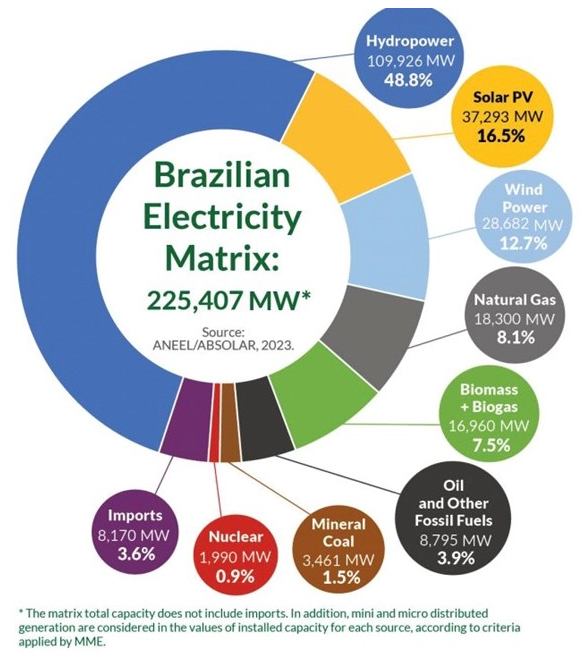
https://news.solarbe.com/202402/22/376207.html
Hot 3: SolarEdge’s Fourth-quarter Performance Downgraded, First-quarter Performance Below Expectations
On February 21, according to news from NBD, Israeli photovoltaic inverter supplier SolarEdge reported an adjusted loss of $0.92 per share for the fourth fiscal quarter, beating analysts’ expectations of a $1.30 loss; fourth-quarter revenue was $316 million. Previously, SolarEdge had forecasted revenue of $325 million for the fourth quarter of 2023, a 55% decrease quarter over quarter.
For the first quarter of 2024, SolarEdge also failed to reverse the downturn.
Analysts expect SolarEdge’s revenue for the first fiscal quarter of this year to be between $175 million and $215 million, below the analysts’ expectation of $373.2 million; the adjusted gross margin for the first quarter is expected to be in the range of “-3% to +1%”.
In January of this year, SolarEdge stated that it would lay off about 16% of its global workforce to reduce operating costs, expecting the layoffs to affect approximately 900 employees. The company had previously shut down its factory in Mexico and reduced capacity in the China region.
According to public information, SolarEdge’s main products are residential and commercial photovoltaic inverters, optimizers, and residential energy storage batteries. Europe is SolarEdge’s main market, accounting for 62% of its revenue; the company’s revenue from the United States accounts for 29%, and from other regions, 9%.
The performance pressure in 2023 was mainly due to inventory pressure in the European residential photovoltaic market, which led to a large number of cancellations or delays in backlogged orders from European distributors, resulting in a significant decline in its third-quarter performance. Moreover, due to weak demand for solar inverters, this renewable energy company lowered its fourth-quarter revenue expectations in November.
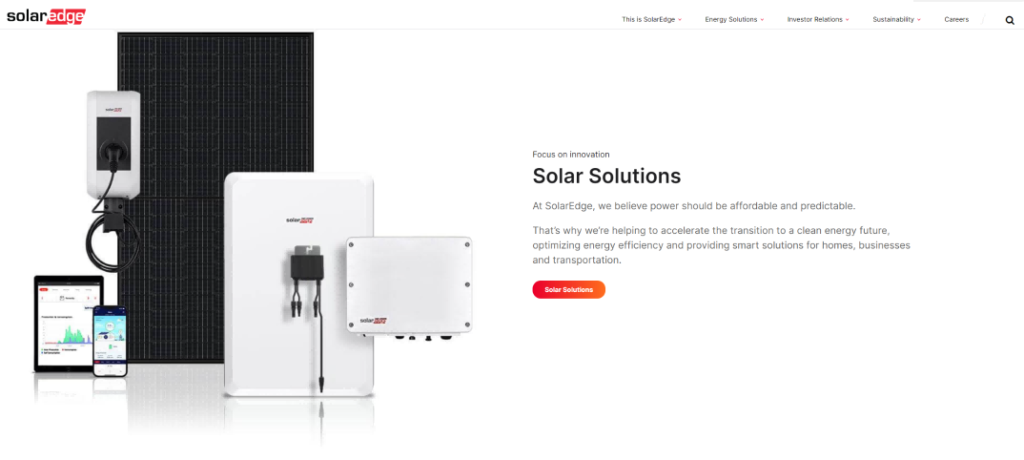
https://news.solarbe.com/202402/22/376192.html
Hot 4: OPIS: Global Wafer Prices Temporarily Stabilize
On February 16th, OPIS, a company under Dow Jones, introduced the main price trends in the global photovoltaic industry.
Due to limited trading activity during the New Year holiday, the FOB price of silicon wafers remained stable this week. The prices of monocrystalline PERC M10 and G12 silicon wafers remained stable at $0.246 per piece and $0.357 per piece, respectively, with no change from last week.
An upstream source stated that the supply of silicon wafers greatly exceeds downstream demand, explaining why wafer prices have remained stable over the past four weeks, even as the price of silicon materials in China has risen.
OPIS learned from market surveys that downstream manufacturers have significantly reduced production since February, with China’s battery production expected to be only between 35GW and 40GW in February. However, according to data from the Silicon Industry Branch of the China Nonferrous Metals Industry Association, China’s silicon wafer production in February is about 55 gigawatts. The trade organization also noted that there has been no significant decline in the operating rate of the silicon wafer market.
“Silicon wafer inventory may increase rapidly in February,” a market observer told OPIS.
A market participant believes that the short-term outlook for the silicon wafer market is bleak and stated that the link between supply and demand will determine wafer prices. Given that wafer production has remained strong so far, the insider suggested that it is important to monitor whether wafer manufacturers will have to significantly reduce production in late February.
Meanwhile, a polysilicon industry insider gave an optimistic signal: battery manufacturers may accelerate their purchase of silicon wafers, as global end-user demand typically begins to rebound from March. Industry insiders predict that wafer prices may rise at that time, or at least tend to stabilize.
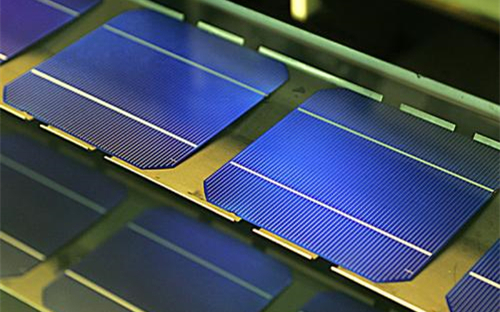
https://guangfu.bjx.com.cn/news/20240219/1361635.shtml
Hot 5: Breakthrough in New Battery Research: Master’s Student from SUSTech Publishes Research Findings in “Science”
Recently, a master’s student from the Department of Materials Science and Engineering at Southern University of Science and Technology (SUSTech), Zhu Peide, as the first author, published a paper in the top international journal “Science”. This marks the first time that a master’s student trained by SUSTech has published a paper as the first author in a top international academic journal.
This research achieved a significant breakthrough in the field of high-efficiency perovskite solar cells, successfully revealing the purification mechanism of the aqueous synthesis of perovskite crystal precursors, providing important support for the preparation of high-efficiency solar cells and significantly reducing the cost of raw materials.
Although perovskite solar cells have the potential for low-cost fabrication and high energy conversion efficiency (26.1%), defects in the perovskite layer have always been a major challenge to achieving high efficiency. The research team successfully developed a method for synthesizing perovskite precursors using water as a solvent and conducted an in-depth study on the purification mechanism of aqueous synthesis of perovskite crystals. This research not only established solvent screening criteria for the synthesis of perovskite crystals but also developed a method for evaluating perovskite crystal raw materials.
In this study, the team successfully obtained high-purity formamidinium lead iodide (FAPbI3) crystals through aqueous synthesis, with an average purity of 99.994%. This achievement allows for the kilogram-scale production using low-cost, low-purity raw materials, with costs two orders of magnitude lower than commercial PbI2 and methylammonium iodide. Further proof showed that the water solvent was able to remove impurities in the precursor, such as calcium, sodium, and potassium ions, which was the main reason for the increased purity of the crystals. The reduction of impurities not only decreased the defect density but also extended the carrier diffusion length in the final perovskite film, providing strong support for the exceptional performance of perovskite solar cells.
Using these purified precursor materials, the team achieved a photovoltaic conversion efficiency (PCE) of 25.6% (certified value 25.3%) in perovskite solar cells with a reverse structure, and maintained 94% of the initial PCE after 1000 hours of continuous simulated solar irradiation. The success of this study provides important technical support for the preparation of future high-efficiency solar cells and injects new vitality into the development of the renewable energy field.
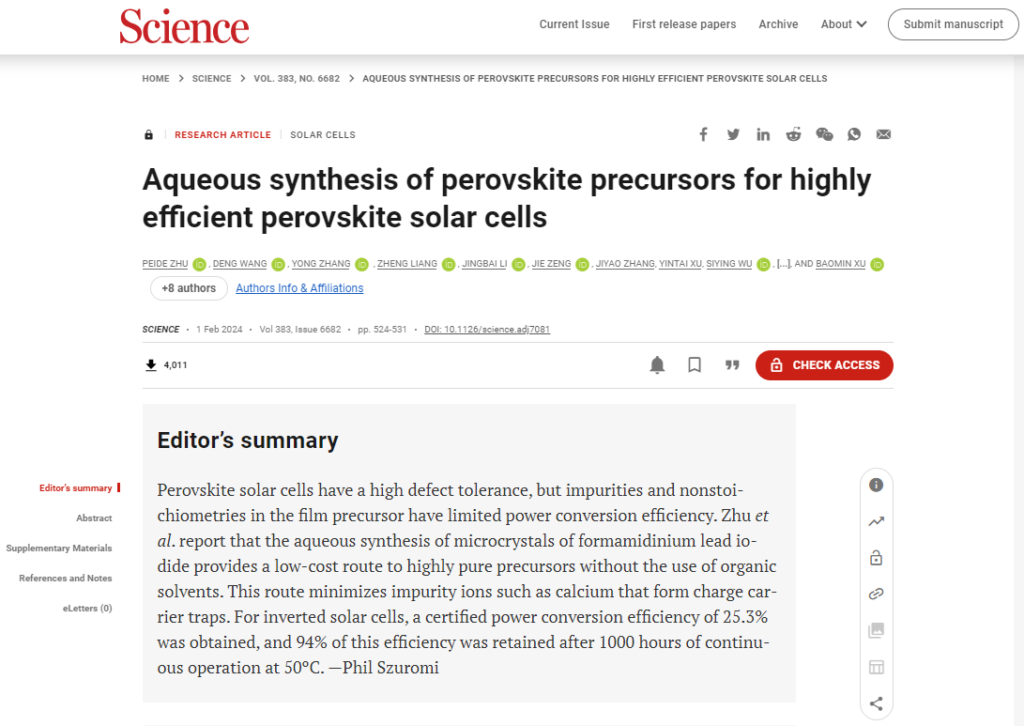
https://mp.weixin.qq.com/s/Avm5s7bHKJCQzaf1tuSXlg
Hot 6: Absorption Increased by 66%! Innovative Design Effectively Enhances the Power Generation Efficiency of Photovoltaic Cells
In the pursuit of sustainable energy solutions, developing more efficient photovoltaic cells is crucial. Due to their flexibility and cost-effectiveness, organic photovoltaic cells have emerged as a promising alternative to traditional silicon-based photovoltaic cells. However, optimizing the performance of organic photovoltaic cells still faces significant challenges.
A groundbreaking study by Abdullah Gül University in Turkey has reimagined the structure of organic photovoltaic cells, opting for a hemispherical shell design to unleash unprecedented potential in organic photovoltaic cell light absorption and angular coverage.
According to industry media “Journal of Energy Photonics,” this innovative structure of organic photovoltaic cells is designed to maximize light absorption and angular coverage, with the potential to redefine the future of renewable energy technology. The study provides advanced computational analysis and comparative benchmarks to highlight the extraordinary capabilities of this design.
In this research, Professor Dooyoung Hah from Abdullah Gül University explored the absorption spectrum within a hemispherical shell-shaped active layer, using a computational technique known as three-dimensional Finite Element Analysis (FEA) to detail the interactions between sunlight and the structure and materials of photovoltaic cells.
Three-dimensional Finite Element Analysis helps solve complex engineering problems by breaking their structure down into smaller, more manageable parts (finite elements), allowing for the simulation and analysis of the entire structure’s behavior under various conditions, such as different wavelengths of light and angles of incidence.
The finite element analysis results of his research report are significant. When illuminated by transverse electric polarized light, the photovoltaic cells with a hemispherical shell structure showed a 66% increase in light absorption compared to flat-structured photovoltaic cells. Similarly, for transverse magnetic polarized light, there was a significant increase of 36%.
Compared to the previously reported semi-cylindrical shell design, the hemispherical shell structure emerged as a clear frontrunner. His research team claimed that the light absorption rate for transverse electric polarized light significantly increased by 13%, and for transverse magnetic polarized light, by 21%.
In addition to its excellent absorption capabilities, the hemispherical shell structure also offers an extended range of angular coverage, reaching up to 81 degrees for transverse electric polarized light and 82 degrees for transverse magnetic polarized light. This adaptability is particularly beneficial for applications requiring flexible light capture, such as wearable electronics.
Hah stated, “With improved light absorption and omnidirectional characteristics, the proposed semi-shell active layer will find widespread application in various fields of organic photovoltaic cells, such as biomedical devices, power-generating windows, greenhouses, and IoT applications.”
The hemispherical shell shape marks a significant leap in the design of organic photovoltaic cells. By leveraging the power of finite element analysis and innovative structural engineering, this research helps pave the way for a brighter, more sustainable future for renewable energy.
